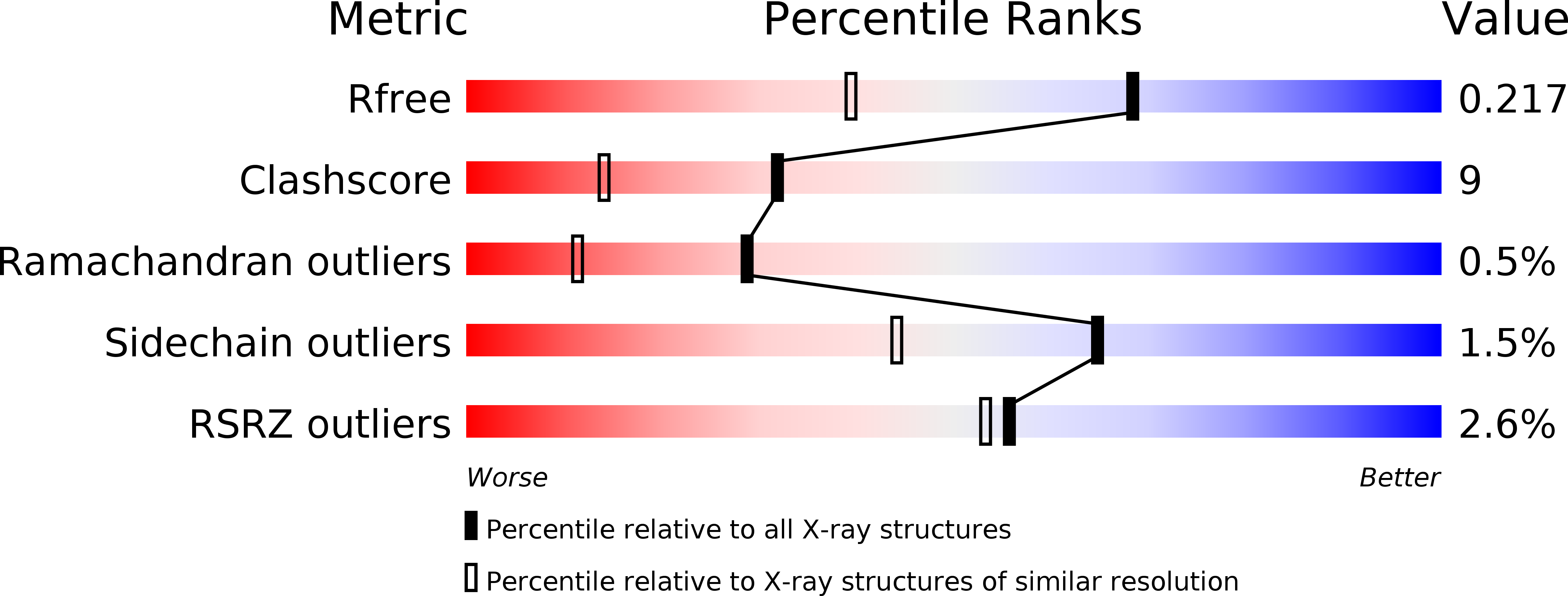
Deposition Date
2004-10-08
Release Date
2004-11-02
Last Version Date
2024-10-30
Entry Detail
PDB ID:
1XPM
Keywords:
Title:
Crystal Structure of Staphylococcus aureus HMG-COA Synthase with HMG-CoA and Acetoacetyl-COA and Acetylated Cysteine
Biological Source:
Source Organism:
Staphylococcus aureus subsp. aureus (Taxon ID: 46170)
Host Organism:
Method Details:
Experimental Method:
Resolution:
1.60 Å
R-Value Free:
0.22
R-Value Work:
0.21
Space Group:
P 1 21 1


